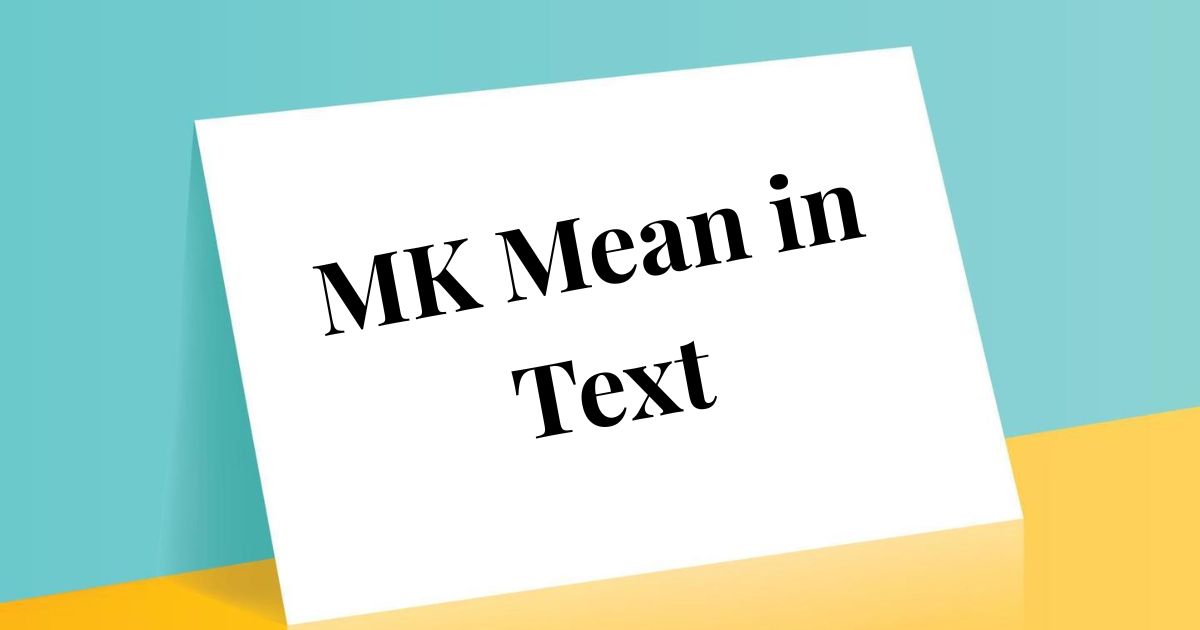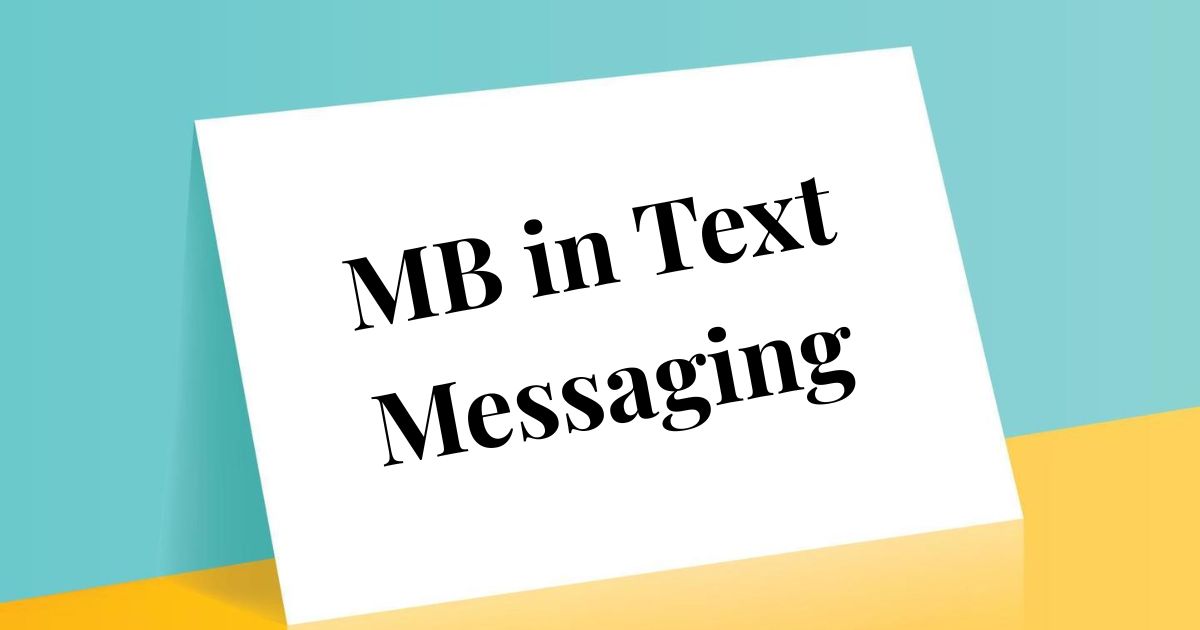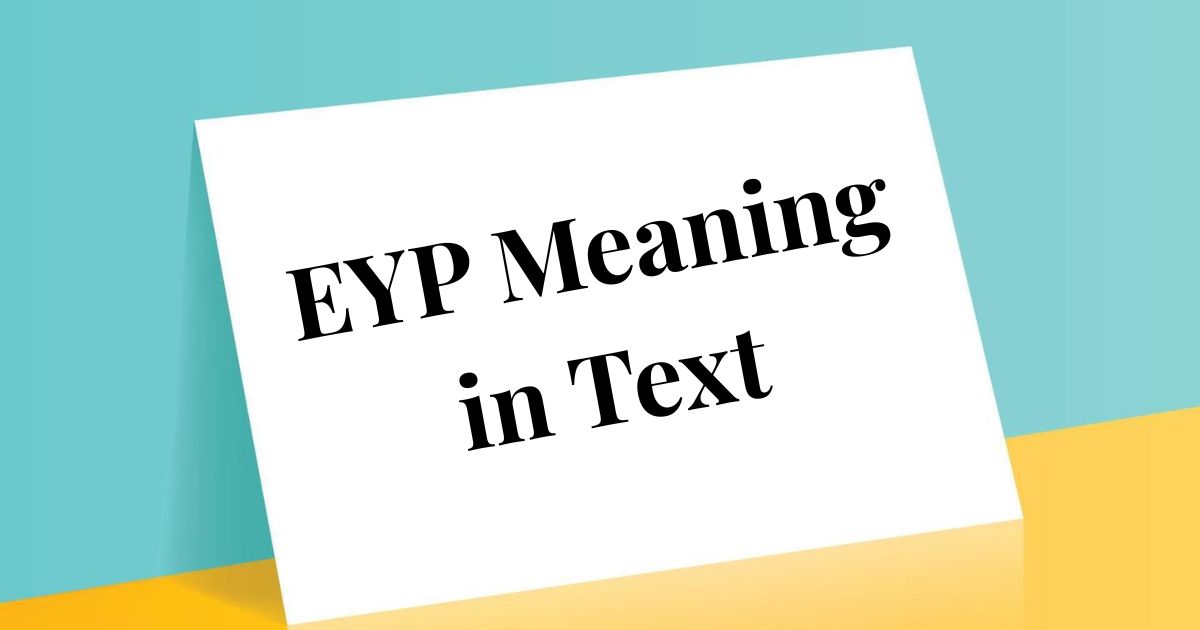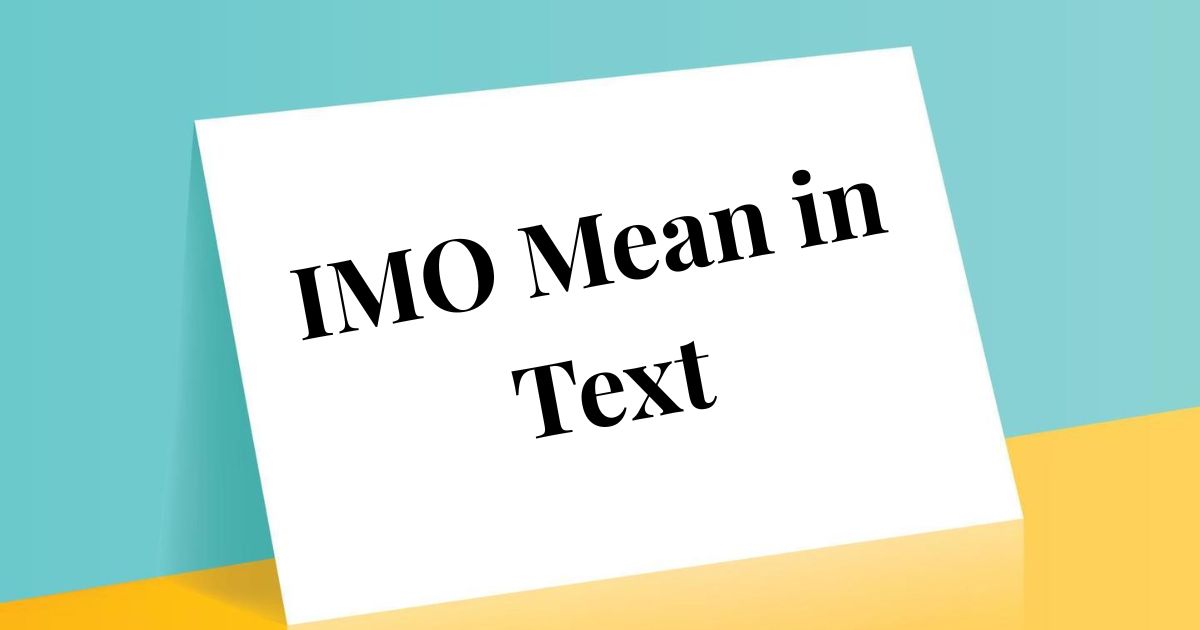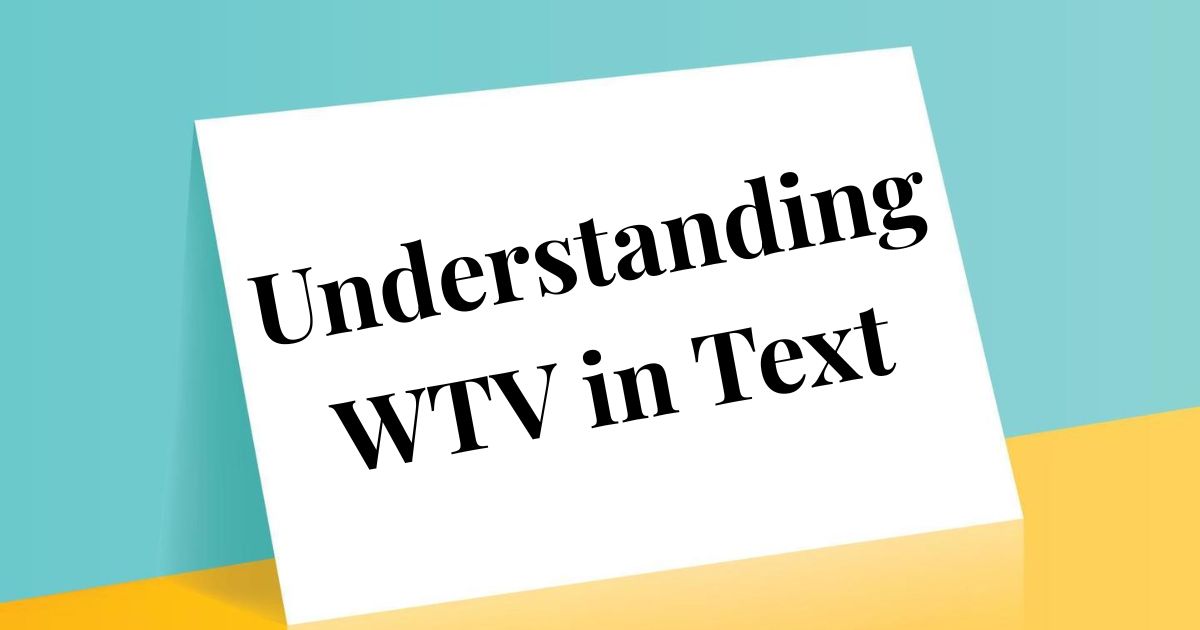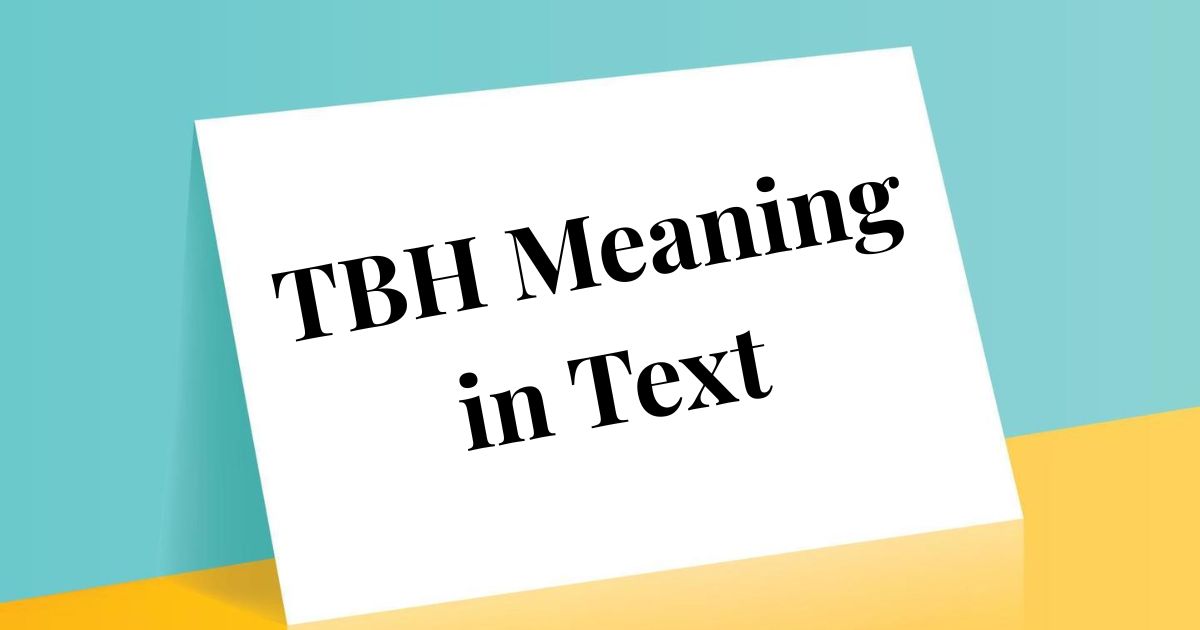You glance at your phone and there it sits: WYA? Three letters demanding location, attention, or explanation—except you can’t tell which one because digital communication stripped away every tonal clue that would clarify whether this is friendly check-in, romantic pursuit, or passive-aggressive interrogation. According to 2024 data from the Digital Communication Research Center, 71% of smartphone users report receiving location-based acronyms like WYA at least weekly, yet 58% admit uncertainty about the sender’s true intentions behind what seems like straightforward question.
What Does WYA Mean in Text?
WYA stands for “Where You At?”—a location inquiry that doubles as availability check, spontaneous invitation probe, or sometimes accountability demand depending entirely on who’s asking and why.
The phrase represents casual, AAVE-influenced English where “at” functions as location marker without requiring additional preposition. It’s grammatically informal but communicatively efficient—you’re asking someone’s current physical or metaphorical location.
WYA emerged from hip-hop and urban culture in the early 2000s, with the abbreviation gaining texting traction around 2012-2015 as smartphones made constant location awareness socially normalized through features like Find My Friends, Snapchat maps, and Instagram location tagging.
🔍 Breakdown of the Acronym:
W = Where
Y = You
A = At
Primary meanings:
Literal location query – “What’s your current physical location?”
Availability check – “Are you free to hang out right now?”
Invitation probe – “Want to meet up?” without directly asking
Accountability question – “Why aren’t you where I expected you?”
Romantic pursuit – “I want to see you—what’s your location?”
The beauty—and danger—of WYA lies in its tonal flexibility. The exact same three letters communicate completely different intentions based on timing, relationship dynamics, recent history, and power dynamics between sender and recipient.
According to sociolinguists at Stanford University, location-based inquiries carry inherent power dynamics—asking someone’s location implies entitlement to that information, which works fine in reciprocal relationships but feels invasive in unequal or uncertain ones.
How and When to Use “WYA”
WYA’s appropriateness depends on relationship security, context clarity, and whether your inquiry feels like connection or surveillance.
✅ When It’s Appropriate:
Close friends coordinating spontaneous plans
Friday evening, you’re both bored, WYA efficiently initiates meetup without formal planning.
Romantic partners with established trust
You’re heading home and want to know if they’re already there or still out—WYA serves practical coordination.
Group chat logistics
Event is starting, someone’s missing, WYA helps locate straggler without lengthy back-and-forth.
When someone’s clearly late
Agreed meetup time passed, quick WYA checks if they’re nearby or still getting ready.
Casual check-ins with established communication patterns
You text regularly, they mentioned doing something today, WYA continues natural conversation flow.
Gaming or online communities
“WYA” sometimes means “what game/server/platform are you on” rather than physical location.
❌ When It’s Not Appropriate:
Professional communications ever
Asking colleagues, supervisors, or clients WYA reads unprofessional and boundary-crossing regardless of workplace culture.
Early-stage dating without established trust
Third date doesn’t grant location-tracking privileges—WYA can feel possessive or controlling before relationship security exists.
When someone’s explicitly said they need space
If they’re dealing with personal issues or requested alone time, WYA violates stated boundaries.
Random inquiries to people you rarely talk to
Texting someone WYA out of nowhere when you haven’t communicated in months feels intrusive and confusing.
After arguments or conflicts
Using WYA to locate someone who’s upset with you can feel like surveillance rather than care.
With people who’ve expressed discomfort with location sharing
Some people value privacy intensely—respect that boundary regardless of your intentions.
To authority figures or elders
Parents, professors, bosses—none should receive WYA from you. It reads as disrespectful casualness.
In situations where it could endanger someone
If they’re in sensitive situation or unsafe environment, asking location via text could create problems.
Examples of “WYA” in Context
Context transforms interpretation more than the acronym itself. Watch how meaning shifts across scenarios.
Example 1: Spontaneous hangout
Time: Saturday, 8 PM
Message: “Bored af, wya? Tryna do something”
Interpretation: Friendly invitation. They want company and are checking your availability for spontaneous plans.
Example 2: Romantic connection
Time: Thursday, 10 PM
Message: “WYA? Miss you 🥺”
Interpretation: Romantic interest wanting to see you. The emoji adds vulnerability—this is emotional connection, not just logistics.
Example 3: Accountability
Time: Tuesday, 3 PM after missed meeting
Message: “Wya? We were supposed to meet at 2”
Interpretation: Frustrated accountability question. They expected you somewhere and you didn’t show.
Example 4: Casual check-in
Time: Sunday afternoon
Message: “WYA today? Thought you were going hiking?”
Interpretation: Conversational curiosity. They remembered your plans and want update without demanding detail.
Example 5: Suspicious inquiry
Time: Friday, 11 PM
Message: “wya??? you said you were home”
Interpretation: Controlling or jealous probe. Multiple question marks signal suspicion—this isn’t friendly curiosity.
Example 6: Group coordination
Time: Concert start time
Message: “WYA we’re inside already”
Interpretation: Logistical efficiency. Group is gathered, trying to reunite missing member.
The same acronym, six completely different emotional temperatures ranging from warm invitation to cold interrogation. This is why context literacy matters enormously in digital communication.
Understanding the Tone and Subtext of “WYA”
WYA carries hidden emotional layers that recipients decode instantly based on relationship history and delivery factors.
Trust vs. Control:
In secure relationships, WYA signals “I want to connect with you.”
In insecure relationships, WYA signals “I need to monitor your movements.”
Curiosity vs. Surveillance:
Healthy WYA: “Wondering what you’re up to—want company?”
Unhealthy WYA: “Prove to me you’re where you said you’d be.”
Invitation vs. Demand:
Positive framing: “WYA? Want to grab food?”
Negative framing: “WYA you never told me you were going out”
Spontaneity vs. Accountability:
Casual: “WYA let’s link up”
Serious: “WYA we need to talk about this”
💬 Emotional Nuance Examples:
Enthusiastic: “Yooo WYA?! 🎉”
Translation: Something exciting happened, they want to celebrate with you.
Concerned: “Hey, WYA? Just making sure you’re okay”
Translation: Genuine care, possibly because you seemed off or situation warrants checking in.
Annoyed: “wya. seriously.”
Translation: Frustrated you’re not where expected or not responding. Lowercase and period signal irritation.
Flirtatious: “WYA tonight? Been thinking about you 😏”
Translation: Romantic interest with clear intention to spend time together.
Suspicious: “wya???? thought you said you had work???”
Translation: They don’t believe your stated plans and want explanation.
Neutral logistics: “WYA? Meeting in 10”
Translation: Pure coordination, zero emotional subtext.
Dr. Jennifer Chen, relationship psychologist at Northwestern, notes: “WYA functions as relationship litmus test. When it generates anxiety or defensiveness in recipients, that signals trust issues needing attention—either sender has controlling tendencies or recipient feels their autonomy is threatened.”
15 Polite, Professional, and Casual Alternatives to “WYA”
When WYA feels too casual, potentially intrusive, or contextually inappropriate, these alternatives add clarity and respect.
🌐 Professional Alternatives (Use in Business, Work, or Academic Settings)
“Where are you currently located?”
Direct, formal, appropriate for work coordination without casualness.
Example: “Where are you currently located? The client meeting is starting in Conference Room B.”
“What’s your current location for the delivery?”
Specific purpose attached. Shows you need information for legitimate reason, not surveillance.
Example: “What’s your current location for the delivery? Want to make sure the courier finds you easily.”
“Are you still at the office or working remotely today?”
Provides context options. Respectful inquiry about work location without demanding specifics.
Example: “Are you still at the office or working remotely today? Need to know the best way to get you these documents.”
“Can you confirm your location for our records?”
Formal, bureaucratic framing. Useful for legitimate documentation purposes.
Example: “Can you confirm your location for our records? HR needs updated remote work addresses.”
“Where should I send the materials?”
Task-focused. Frames location inquiry as serving their needs, not yours.
Example: “Where should I send the materials? Want to ensure they arrive at the right address.”
😊 Polite Alternatives (Use with Acquaintances, New Friends, or Parents)
“Where are you at the moment, if you don’t mind me asking?”
Adds permission component. Acknowledges they might prefer privacy while expressing your interest.
Example: “Where are you at the moment, if you don’t mind me asking? Thought I saw you at the coffee shop!”
“Just curious—where are you right now?”
Softens with “just curious.” Makes it conversational rather than demanding.
Example: “Just curious—where are you right now? That background in your photo looks amazing!”
“Are you nearby?”
Avoids demanding specific location. Frames it as proximity question with implied invitation.
Example: “Are you nearby? Would love to catch up if you have time!”
“Hope you don’t mind me asking, but where are you?”
Apologetic framing. Useful when you know inquiry might feel intrusive but have legitimate reason.
Example: “Hope you don’t mind me asking, but where are you? Left my jacket in your car earlier.”
“What part of town are you in?”
Less specific than exact location. Respects privacy while getting general sense of proximity.
Example: “What part of town are you in? Looking for good brunch spots in your area!”
😎 Casual Alternatives (Use with Friends, Siblings, or Close Contacts)
“Where you at?”
Full phrase, same meaning as WYA but slightly less abbreviated. Works when you want casual without acronym.
Example: “Where you at? Come through, we’re all here already.”
“What’s your location?”
Straightforward, no frills. Works among friends for quick coordination.
Example: “What’s your location? Trying to decide if we should pick you up or meet there.”
“Where’d you end up?”
Implies they mentioned going somewhere. Natural follow-up to earlier conversation.
Example: “Where’d you end up for dinner? Still deciding what I’m craving.”
“You close by?”
Proximity question that invites hangout without demanding exact coordinates.
Example: “You close by? Found this crazy thrift store you’d love.”
“What’s your ETA?”
When they’re already coming somewhere. Asks timing rather than current location.
Example: “What’s your ETA? We’re getting hungry and might order without you 😂”
“Where you posted up?”
Slang variation meaning where you’re hanging out. Same casualness as WYA with slight rephrasing.
Example: “Where you posted up tonight? Tryna link.”
“Where you at in the world right now?”
Playful expansion. Works when you genuinely don’t know if they’re home or traveling.
Example: “Where you at in the world right now? Haven’t heard from you in a minute!”
Why Choosing the Right Alternative Matters
Words shape perception of your intentions more than you realize—especially when discussing something as potentially sensitive as location.
Power dynamics
Asking someone’s location implies you have right to that information. Formal alternatives acknowledge that right must be earned through relationship security or legitimate need.
Privacy respect
Not everyone’s comfortable sharing constant location updates. Polite alternatives give them easy out: “If you don’t mind sharing” creates permission-based framework.
Relationship preservation
Casual WYA among close friends feels normal. Same inquiry to new acquaintance can feel invasive and damage budding friendship.
Professional reputation
Your communication style shapes how others perceive your professionalism. WYA in workplace contexts reads as unprofessional regardless of your industry.
Cultural sensitivity
Some cultures value privacy and indirect communication more than American casualness. Formal alternatives translate better across cultural contexts.
Reducing anxiety
For people with anxiety around being monitored or controlled, WYA can trigger defensive reactions. Alternatives framed around coordination rather than tracking feel safer.
According to Harvard Business Review’s 2024 Communication Study, professionals who consistently adapt language formality to context and relationship receive 37% higher ratings on emotional intelligence assessments from colleagues and supervisors.
The five extra seconds typing thoughtful alternative instead of WYA directly impacts how people experience interacting with you—building trust or eroding it with each small linguistic choice.
When “WYA” May Be Perceived Negatively
WYA backfires spectacularly in specific scenarios that reveal relationship cracks or boundary violations.
From controlling romantic partners
Constant WYA messages throughout day signal trust issues and controlling behavior. Healthy relationships don’t require location surveillance.
After someone said they need space
If they explicitly requested alone time, WYA disrespects stated boundaries and pressures them to defend privacy.
From people you’ve distanced yourself from
When you’ve reduced contact intentionally, WYA from them feels like boundary violation—they’re not entitled to your location anymore.
In relationships with jealousy history
If past included accusations or suspicion, WYA likely triggers defensiveness even if current inquiry is innocent.
From authority figures without legitimate need
Boss asking WYA during your day off (unless emergency) crosses professional boundaries.
When timing suggests checking up on you
Late-night WYA when you mentioned being out with friends can feel like policing rather than curiosity.
From near-strangers
Third Tinder date asking WYA randomly feels premature and potentially unsafe—relationship hasn’t earned that access yet.
When asked repeatedly after you’ve answered
Multiple WYA messages in short timespan signals they don’t trust your answer or feel entitled to real-time updates.
Relationship experts note that location-tracking behavior—whether through apps or repeated WYA messages—ranks among top warning signs of potentially abusive relationships. Healthy partners trust each other’s autonomy.
WYA and Digital Communication Trends
WYA reflects broader shifts in how constant connectivity reshaped social expectations around availability and location transparency.
Normalized location sharing
Fifteen years ago, asking someone’s exact location would’ve seemed bizarrely intrusive. Today, WYA feels routine because smartphones normalized constant location awareness through social media geotags, Find My Friends, and Snap Maps.
FOMO amplification
Social media feeds show everyone’s activities constantly. WYA often functions as FOMO response—”everyone’s out doing things, where are you?”
Spontaneity culture
Dating apps and on-demand everything created expectation that plans can materialize instantly. WYA facilitates last-minute coordination that wasn’t culturally expected pre-smartphone.
Privacy erosion
Younger generations grew up sharing locations constantly—WYA feels normal. Older millennials and Gen X often find it invasive because they formed relationships before location transparency was standard.
Accountability culture
Social media receipts and location data mean people can verify claims easily. WYA sometimes functions as soft fact-checking: “prove you’re where you said.”
According to Pew Research Center’s 2024 Digital Life Study, 64% of adults under 25 share location with friends regularly through apps, compared to just 23% of adults over 45—this generational split shapes how WYA lands across age groups.
Cross-Cultural Considerations
WYA’s appropriateness varies dramatically across cultural communication norms that many Americans don’t consciously recognize.
Direct vs. indirect communication cultures
American English trends direct—WYA fits that pattern. Many Asian, Latin American, and Middle Eastern cultures value indirectness and consider blunt location inquiries somewhat rude.
Privacy norms
Nordic countries value privacy intensely—WYA from anyone beyond immediate family might feel invasive. Mediterranean cultures often embrace less privacy—WYA among extended friend groups feels normal.
Power distance
High power-distance cultures (much of Asia, Latin America, parts of Europe) expect formal language toward elders and authority. WYA to anyone senior would be shockingly disrespectful.
Collectivist vs. individualist
Collectivist cultures where family/community involvement in personal life is expected might view WYA inquiries more positively. Individualist cultures value autonomy—WYA can feel like autonomy violation.
Gender dynamics
In some cultures, men asking women WYA carries different implications than reverse or same-gender inquiries. Cultural context shapes whether it reads as friendly, romantic, or inappropriate.
Digital adoption rates
Countries where smartphone saturation happened more recently may not have developed casual acronym culture yet—WYA might confuse rather than communicate efficiently.
According to cross-cultural business communication experts, 73% of international digital miscommunications stem from casual American English that translates poorly to other cultural communication frameworks.
Similar Acronyms You Should Know
WYA exists within ecosystem of location and availability shorthand.
WYD – “What You Doing?” – Activity inquiry rather than location
WYO – “What You On?” – Current activity/plans in slang phrasing
HMU – “Hit Me Up” – Invitation to contact you
LMK – “Let Me Know” – Request for information, often about plans
OTW – “On The Way” – Location update showing movement toward destination
ETA – “Estimated Time of Arrival” – Timing rather than location
WBU – “What About You?” – Reciprocal question after sharing your info
WRUD – “What Are You Doing?” – Activity inquiry, less common than WYD
Understanding these related acronyms helps decode entire conversations happening in compressed shorthand that can confuse people unfamiliar with texting culture conventions.
Tips for Mastering Digital Tone
WYA exemplifies broader challenge of conveying intention clearly when text strips away vocal cues, facial expressions, and body language.
Add context to potentially ambiguous questions
Instead of bare WYA, try “WYA? Want to grab coffee?” This clarifies your intention is invitation, not surveillance.
Use emojis strategically
“WYA? 😊” reads friendlier than “WYA.” The emoji softens potential edge.
Match the other person’s communication style
If they text in complete sentences, don’t bombard them with acronyms. If they’re casual abbreviators, WYA fits naturally.
Consider timing
Late-night WYA reads differently than midday. Be conscious of how timing shapes interpretation.
Respect stated boundaries
If someone’s expressed discomfort with location sharing, find alternative ways to coordinate that respect their privacy needs.
Vary your language
Repetitive WYA messages can feel controlling. Mix in “How’s your day?” or “What are you up to?” for variety.
Ask yourself why you need to know
Before sending WYA, genuinely consider your motivation. Healthy curiosity or need to control? Honest self-assessment prevents relationship damage.
How to Respond to “WYA” Politely or Creatively
Your response opportunity to set boundaries, reciprocate energy, or redirect conversation based on your comfort level.
✅ Polite responses:
“At home relaxing! What’s up?”
Answers question while inviting them to share their reason for asking.
“Just running errands. Everything okay?”
Provides general info without specifics while checking if they need something.
“Out with family right now. Can I call you later?”
Sets boundary while showing you’ll reconnect when available.
“Still at work for another hour. What’s going on?”
Practical answer with timeline that manages their expectations.
“Taking some me-time today. Talk tomorrow?”
Clearly states unavailability without detailed explanation you might not owe.
🤪 Creative replies:
“Physically? Earth. Mentally? Wish I knew 😂”
Humorous deflection that keeps it light while not answering seriously.
“Nice try, FBI”
Playful response to close friends implying their inquiry feels surveillance-ish.
“In my villain era, obviously”
Pop culture reference that engages without serious location reveal.
“Witness protection program, can’t say”
Over-dramatic joke that entertains while sidestepping actual answer.
“Same place I always am—my mind, and it’s a mess up here”
Philosophical humor that redirects from literal location.
The best responses balance honoring your comfort level around sharing location with maintaining relationship warmth—unless their WYA genuinely feels intrusive, then firmer boundaries are completely appropriate.
Read More: MB in Text Messaging: Full Meaning, Usage, and Better Ways to Respond 2025
Conclusion
WYA functions as deceptively simple acronym carrying complex social weight—it efficiently coordinates spontaneous connection among trusted friends while potentially signaling control, surveillance, or boundary violation when relationship foundation lacks security or context suggests ulterior motives beyond innocent curiosity. Navigate it successfully by considering who’s asking, why they might be asking, what your relationship history suggests about their intentions, and whether your comfort level supports sharing that information in that moment with that person—because healthy relationships respect that location transparency is privilege earned through mutual trust, not entitlement demanded through repeated acronyms that can slide from connection tool to control mechanism faster than most people consciously recognize until pattern becomes undeniable problem.

I’m Борис, Writing social media related contents, Here I’m share cool Instagram captions and fun content. Enjoy creative ideas, trends, and tips for social media success!

